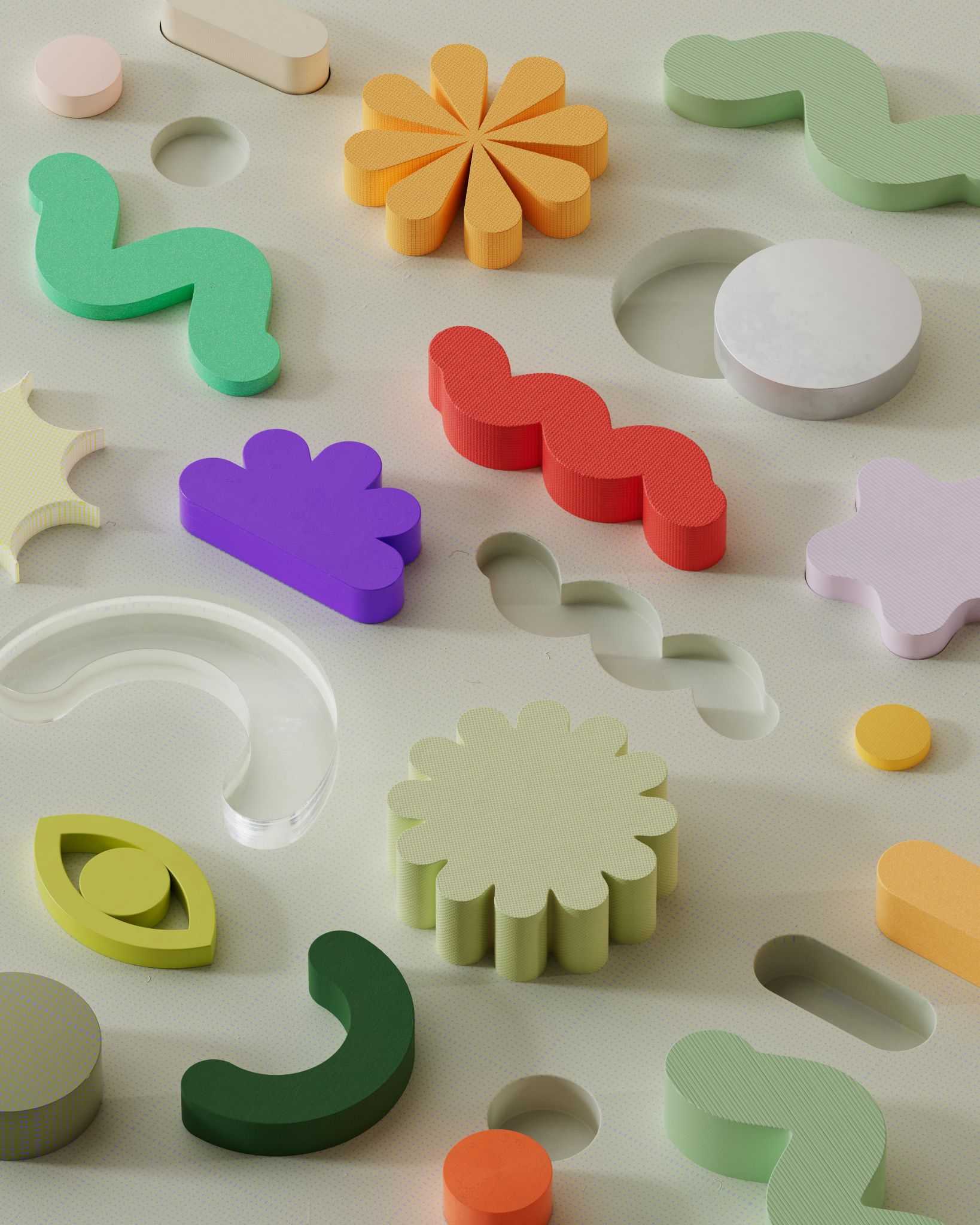It has been testing times for Marketers lately. In what has been a rollercoaster of a year, planning and predicting has become a real battle.
Even within the sectors that have thrived, being able to accurately predict what, for example, may happen to website traffic, conversion rate or supply and demand (see: Brexit) has been in vain.
We’ve spent the first quarter of 2021 chatting to digital marketing and eCommerce leaders about the challenges they’re facing and the goals they’re chasing this year.
In this blog post, we’ve narrowed our conversations down to 3 key trends that leaders have shared with us.
Content – “Do you optimise for Human or Machine?”
With more eyes on our website content than ever before, the pressure on our web pages to convert has jumped significantly. Product pages need to equip users with all the information, leaving no stone unturned, driving consumers to enquire or add-to-basket with little delay. Category pages need to be visible for relevant searches and easy to navigate, assisting product pages with qualified traffic.
The content that sits on these important pages must be well optimised. But, the questions are: who do we optimise for; web visitors or Google? Human or Machine?
Marketing and eCommerce leaders have told us of their internal battles with Product and Brand teams. Marketers fully grasp the importance of in-SERP visibility and cannot deny that they have more than one eye on Google when optimising their onsite content. However, brand and Product teams feel an allegiance to the relationship between their brand (tone of voice, purpose, image) and their customers.
Beauty, luxury and homeware are three sectors grappling with this challenge.
Data – “How reliable is it from the last 12 months?”
The less said about the last year, the better. The same goes for our data. While some industries have boomed, others have frantically battled to stay afloat, and our website and customer data are reflective of this.
We recommend taking an understandably cautious approach when basing any future decision on 2020-2021 data. However, it would be prudent to scrutinise any emerging trends from the past year for the likelihood of them continuing into the coming months and years. Nobody can be sure what the future holds politically, socially, environmentally, and so on. Your 2019 data, however, remains the best, most recent source of ‘normal’ truth.
So, look at your 2019 data first. Use this as your baseline and sprinkle in any trends that have cropped up over the last 12 months that have the potential to last. Whatever the case, it is highly likely to be a risky move to base or justify your future decisions purely on 2020 data alone. Context is key.
Cookieless Future – “Are you worried about the impending cookie-less digital world?”
Recently, we ran a small poll to marketers on this question. From a total of 47 votes, 62% responded ‘No’. To cast the research wider, we asked the same question during conversations with other leaders. Taking their responses into account, the poll results would be more representative of an even split between ‘Yes’ and ‘No’.
Leaders from a wide range of sectors, including Tech, Telecoms, Finance, Online Retail, FMCG and Hospitality, answered Yes.
Leaders from Legal Services, Travel, Recruitment, SaaS, Retail and IT, responded No.
Of those answering No, here’s a snippet of reason from one leader; a sentiment which was similarly shared by others during our conversation:
“There’s lots of opportunity for marketers to become better with data to target the right people. First party cookies can be powerful if you have the right software or systems on your site and couple that with automation, and you’re winning. Finding people and bringing them to the site will be affected, sure, but we have to adapt, and that’s where data and signals come in.”
And here’s a stark reminder that 3rd party data is potentially not worth all that much to marketers: a 2019 study of over 90 third-party audiences across 19 data brokers found that, on average, the cookies identified gender (male or female) correctly only 46% of the time.
Guessing would be more reliable.
So, no big deal..?
—
2021 continues to throw significant challenges at Marketers and doesn’t look like relenting any time soon.
The following six to 12 months will undoubtedly look different to the landscape we have today. A set-in-stone strategy now comes with enhanced risks, however, an agile ability to react to changes is sure to help in an uncertain future.
As this topsy-turvy year progresses and we head into the third quarter of the year, we’ll check back in with more Marketing leaders and report on the trends they see.





